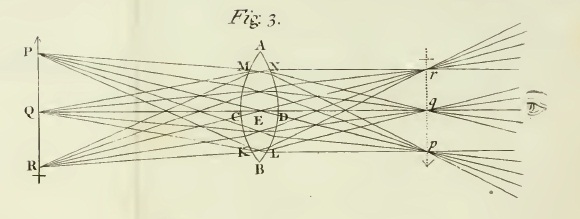
By SINDYA N. BHANOO
Published: October 25, 2010
An amber excavation in western India has led to the discovery of more than 700 ancient insects, arachnids and crustaceans, and many plant, floral and fungal remains.
“We have at least 100 new species of insects, possibly many more,” said David Grimaldi, one of the study’s authors and an entomologist at the American Museum of Natural History in New York.
The specimens are estimated to be about 50 million to 53 million years old. The area was then a lush tropical rain forest, similar to the forests found today in Borneo and other parts of Southeast Asia.
Researchers from the United States, Germany and India reported these findings in the Proceedings of the National Academy of Sciences. They found that there were similarities between the new specimens and fossils found in Mexico and Central America.
Dr. Grimaldi said that about 100 million years ago, India, Madagascar, the Seychelles and Sri Lanka broke off from Gondwana, a landmass that also encompassed land that became four present-day continents: Africa, Antarctica, Australia and South America.
After separating from present-day Africa, India began drifting. Eventually, after about 50 million years, India collided with Asia, creating the Himalayas.
“If anything, we thought the fossils would be unique or have obvious connections to Africa or Madagascar,” Dr. Grimaldi said. “This suggests that India was not as isolated at that time period as we thought, and that it’s possible there were other geologic scenarios.”
In addition, the researchers found mammalian remains that need further study, including those of bats, primates and primitive rabbits.
The plant specimens also need to be looked at more closely by a paleobotanist, who can determine how many previously unknown species were found.
A version of this article appeared in print on October 26, 2010, on page D3 of the New York edition..

No hay comentarios:
Publicar un comentario